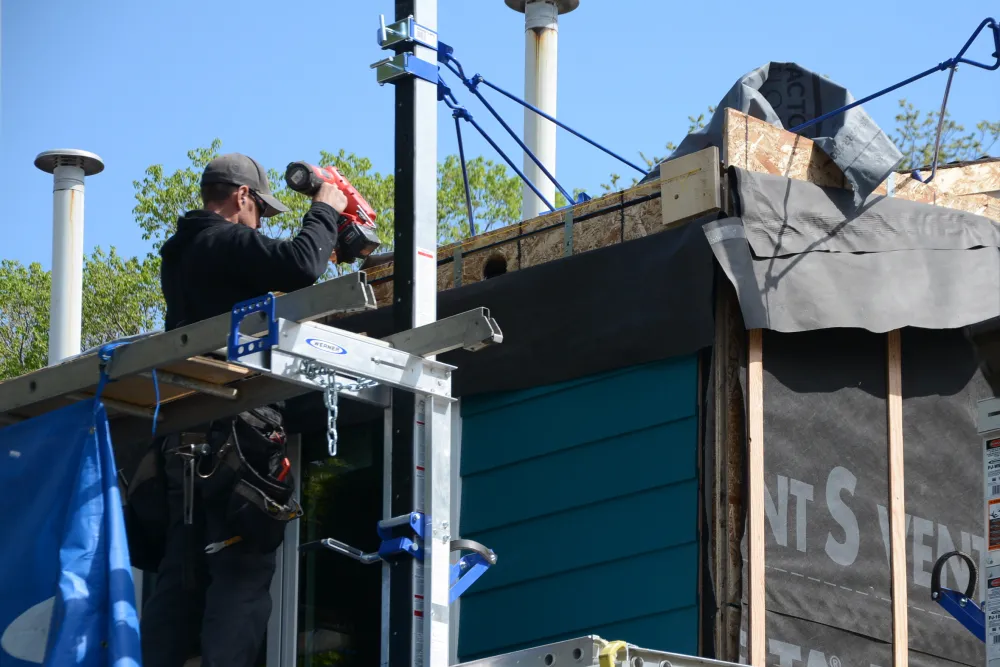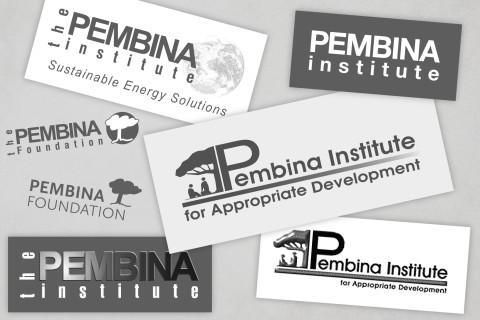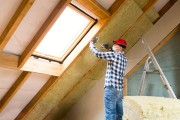The new federal mandate letter call for “bringing down costs for Canadians” and “creating new careers in the skilled trades.” Residential retrofits can do both, giving renewed urgency to programs like the Canada Greener Homes Initiative.
A special warrant issued just before the federal election ensured a temporary top-up for the Greener Homes Loan program. However, unless long-term funding is secured, the program could soon stall, mirroring the abrupt end of the Greener Homes Grant.
The Greener Homes Initiative — largely due to the grant portion — has arguably been successful in meeting government goals. According to Green Communities Canada, from 2020 to 2024, the Greener Homes Grant and other rebate and grant programs supported more than 605,000 retrofits.
However, only 29,000 were considered deep energy retrofits. Most of the funds went to mechanical system upgrades, like heat pumps, to replace existing heating and cooling units approaching the end of their lives.
Heat pumps have become a go-to solution for electrifying heating and cooling, especially when a furnace or air conditioner reaches the end of its life. They are efficient and climate-friendly. But heat pumps alone do not constitute a deep retrofit.
According to Natural Resources Canada, a deep energy retrofit involves a suite of coordinated upgrades that reduce a building’s energy use by up to 60 per cent. That includes insulation, air sealing, ventilation, windows and doors, mechanical systems like heat pumps, and smart grid integration.
Design teams at the Pembina Institute’s Reframed Lab estimate that deep retrofits can cut energy use by as much as 90 per cent, and reduce operational carbon emissions between 68 and 99 per cent. Compare that to a standard mechanical replacement at end-of-life, which delivers reductions of just three to 55 per cent.
While there are many on-ramps in the retrofit process, one of the most impactful, especially for older homes, is starting with the building envelope. Adequate insulation and airtightness reduce heating and cooling demand, making homes more comfortable and efficient. These improvements also last for decades, far longer than the average 15-year lifespan of furnaces or heat pumps.
Crucially, an envelope-first approach allows for properly “right-sized” heat pumps, which perform better and cost less to operate.
Yet insulation and air sealing — considered “minor” and “low-cost” by federal program definitions — remain underused. ICF estimates that 89 per cent of Canadian homes are under-insulated.
Many current programs unintentionally reinforce this pattern by supporting heat pump replacements without encouraging homeowners to complete multiple, coordinated upgrades. That leaves efficiency gains — and emissions reductions — on the table.
And the clock is ticking. Roughly 12 million existing low-rise houses in Canada must be retrofitted by 2050. That’s an average of 480,000 homes per year for the next 25 years. It’s a staggering target that cannot be reached without deeper, better-sequenced retrofits.
The new government is also reviewing its overall approach to energy efficiency, making this a crucial moment to ensure retrofit programs evolve to meet today’s challenges. Now is the time to strengthen policies that reduce emissions, bring down household costs, and create good jobs across the country.
The urgency to extend funding for programs like the Canada Greener Homes Initiative is real, but so is the need to evolve. As governments look to secure the loan program’s future, they should ensure it’s structured to deliver on its full potential — not just enabling action, but helping Canadians take the right steps, in the right order.
Future programs should also focus on comprehensive deep retrofits for social, below-market housing, especially low–rise, multi–unit residential buildings (MURBs) built in the 1950s, 1960s and 1970s. Canada needs to protect this particular type of housing segment from declining in condition and number.
Markets will respond if retrofit programs are adjusted in simple, strategic ways. To scale deep retrofits, we need a stronger business case — one that highlights more than just energy savings. These upgrades improve health, boost resilience during extreme weather, reduce insurance risks and lower household costs.
Heat pumps are efficient, but they aren’t deep retrofits on their own. Federal, provincial and municipal governments — as well as utilities — must rethink their programs. That means redesigning or adding offerings that support the full sequence of upgrades. Only then can we help homeowners make smarter choices and reach our climate goals.










